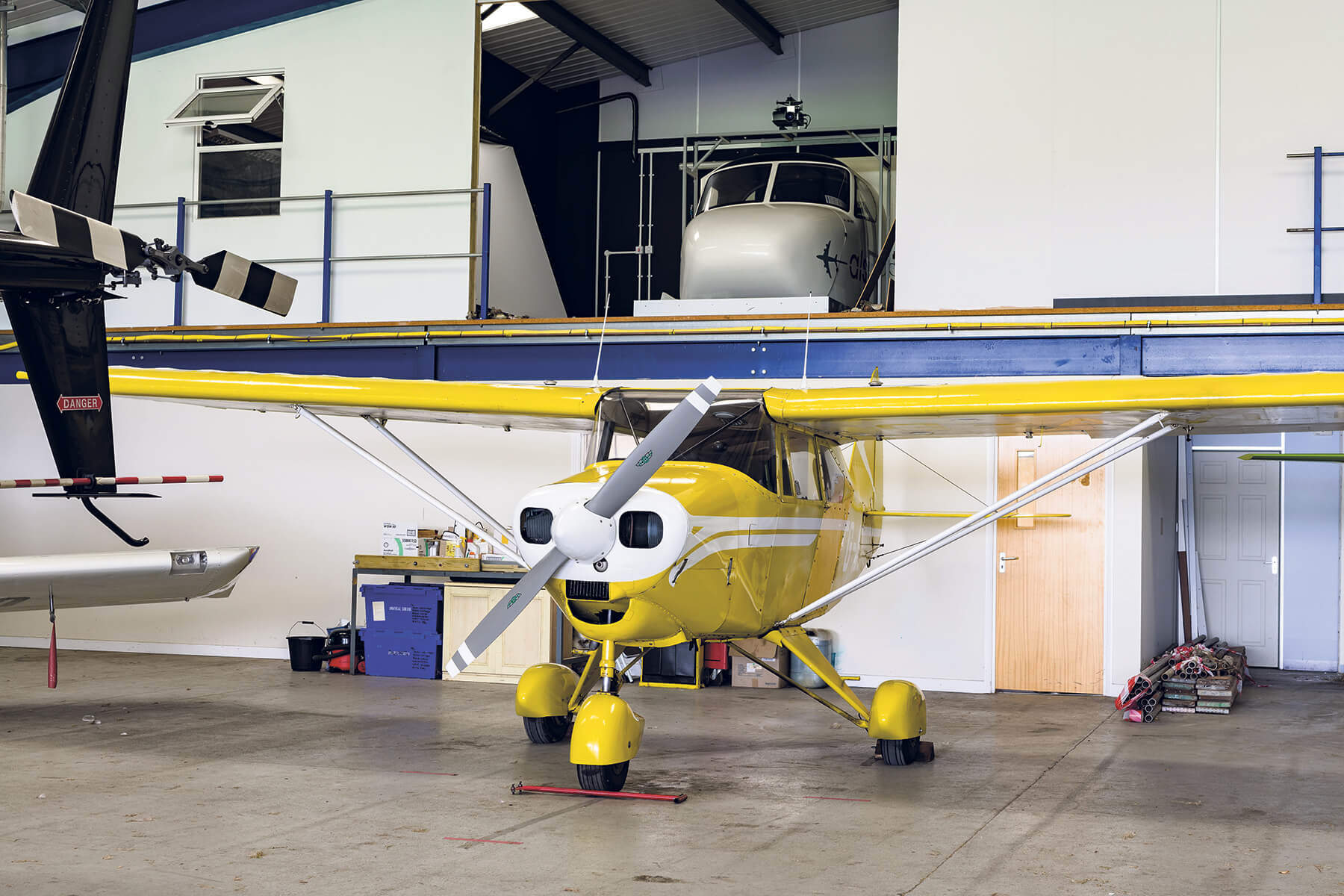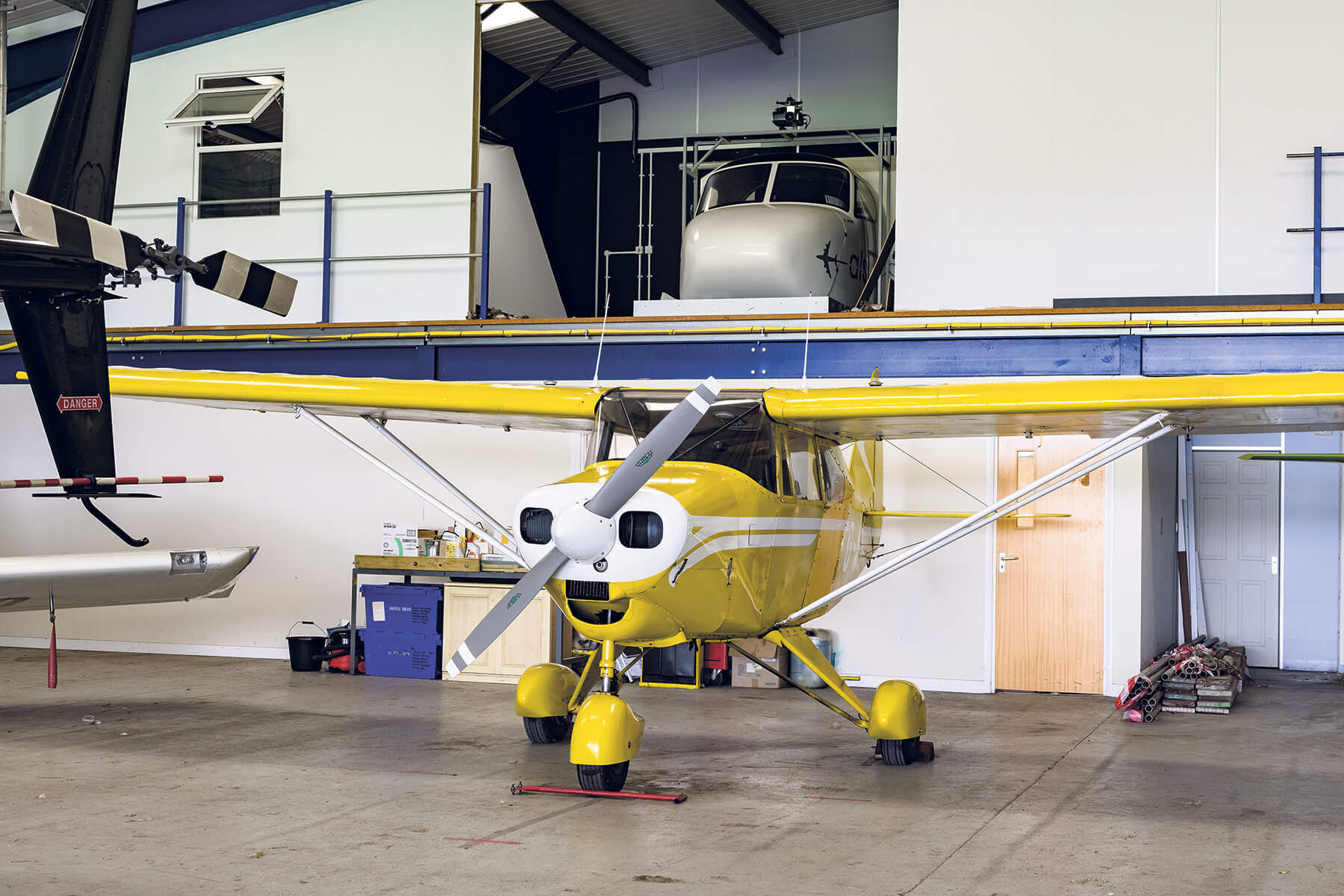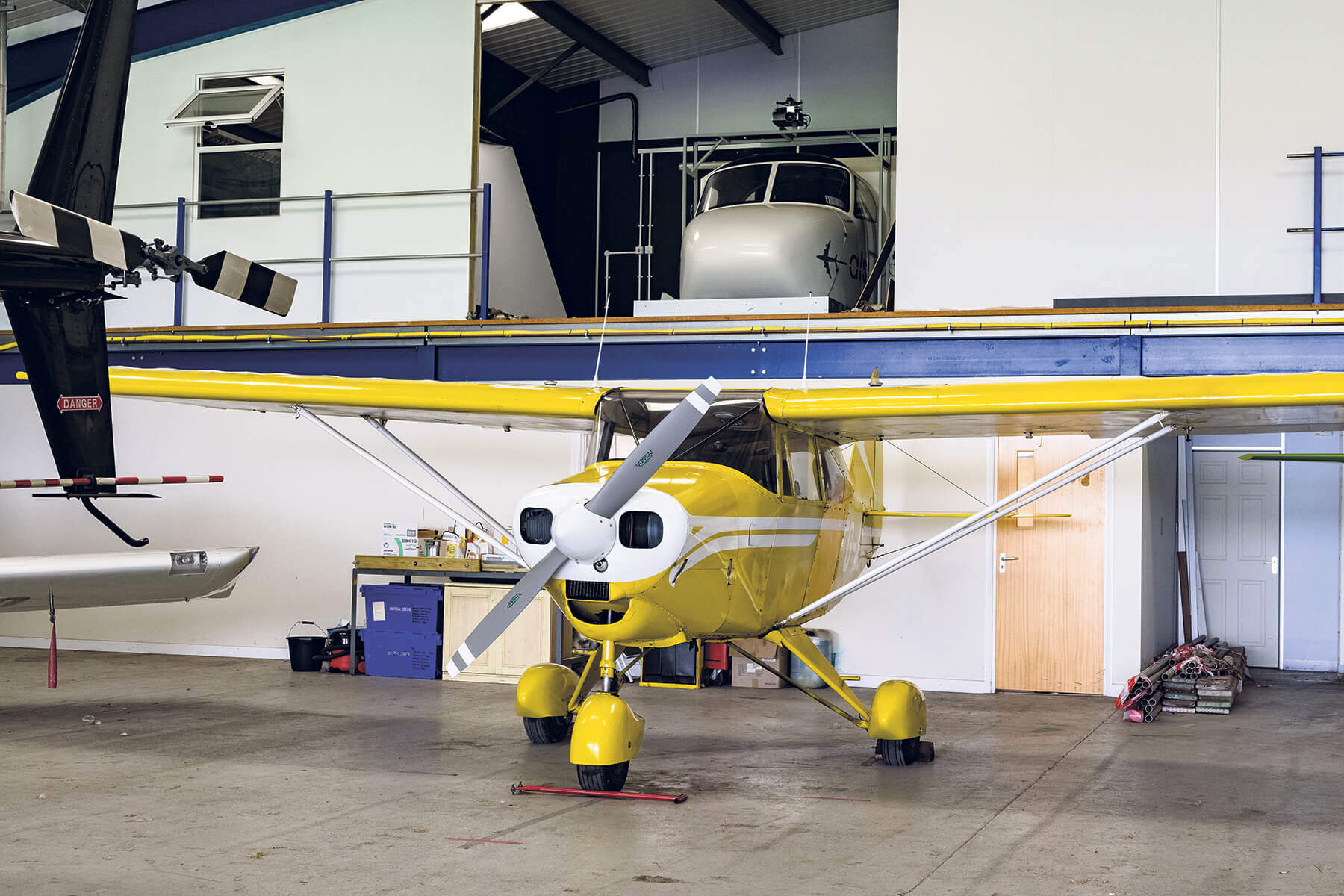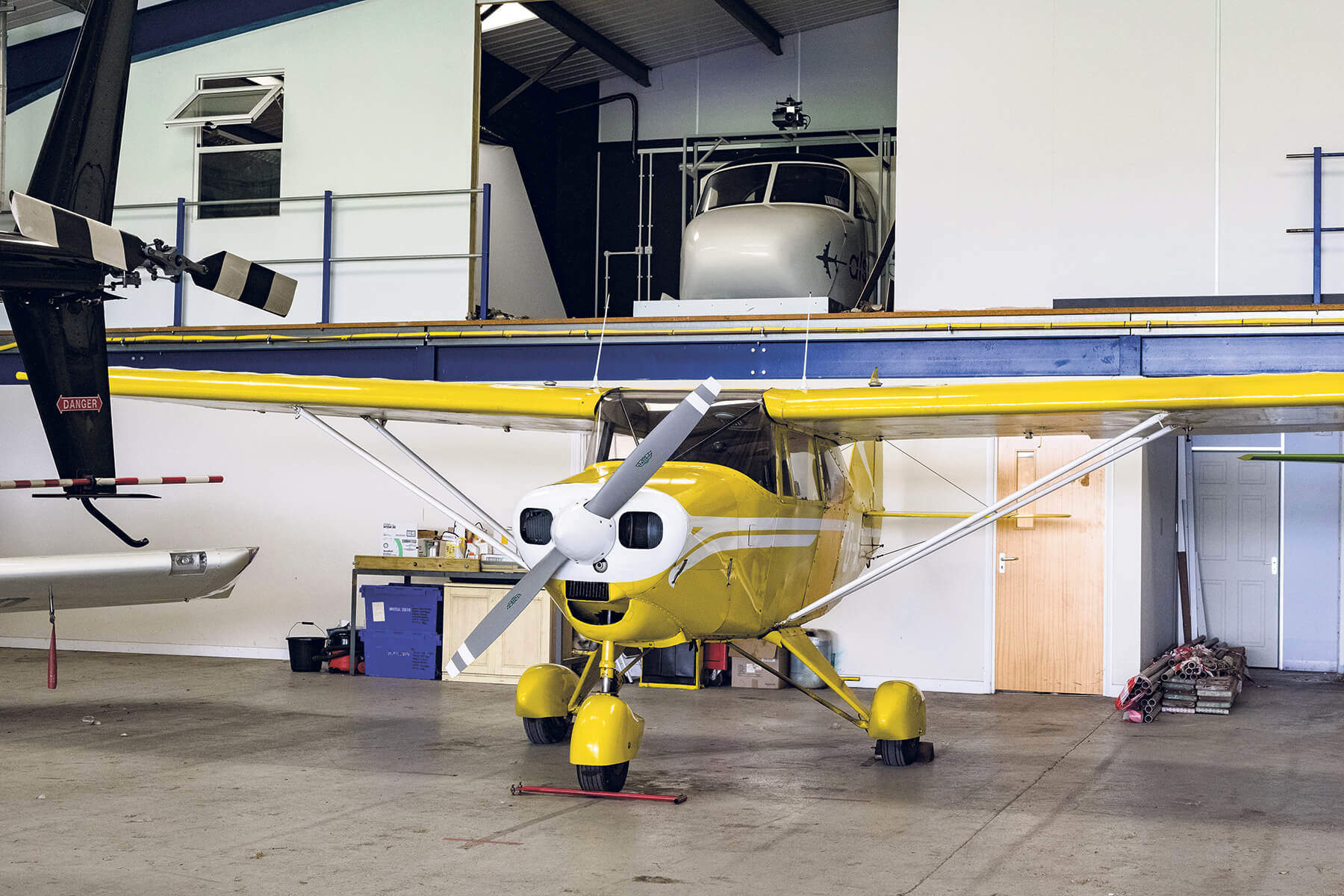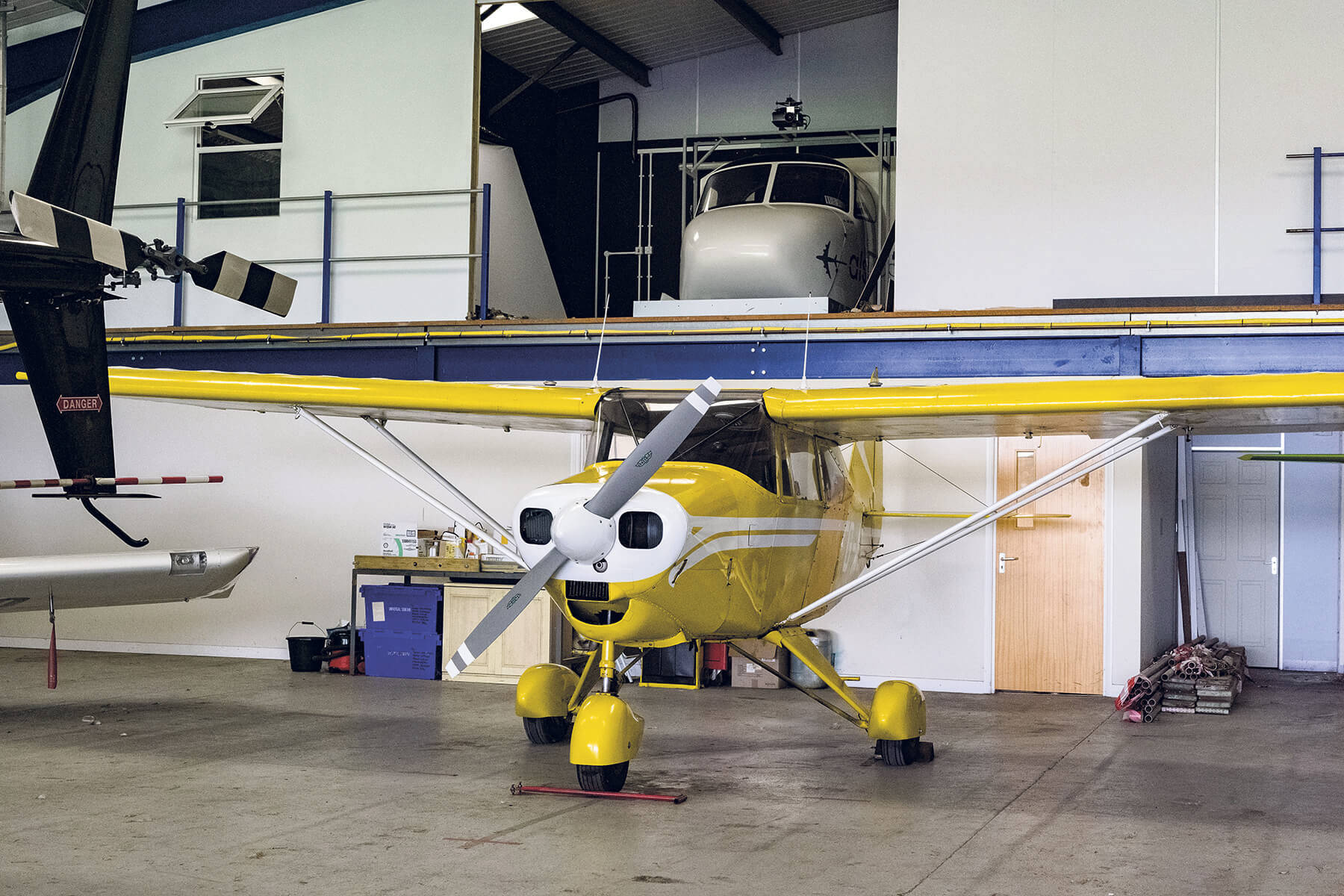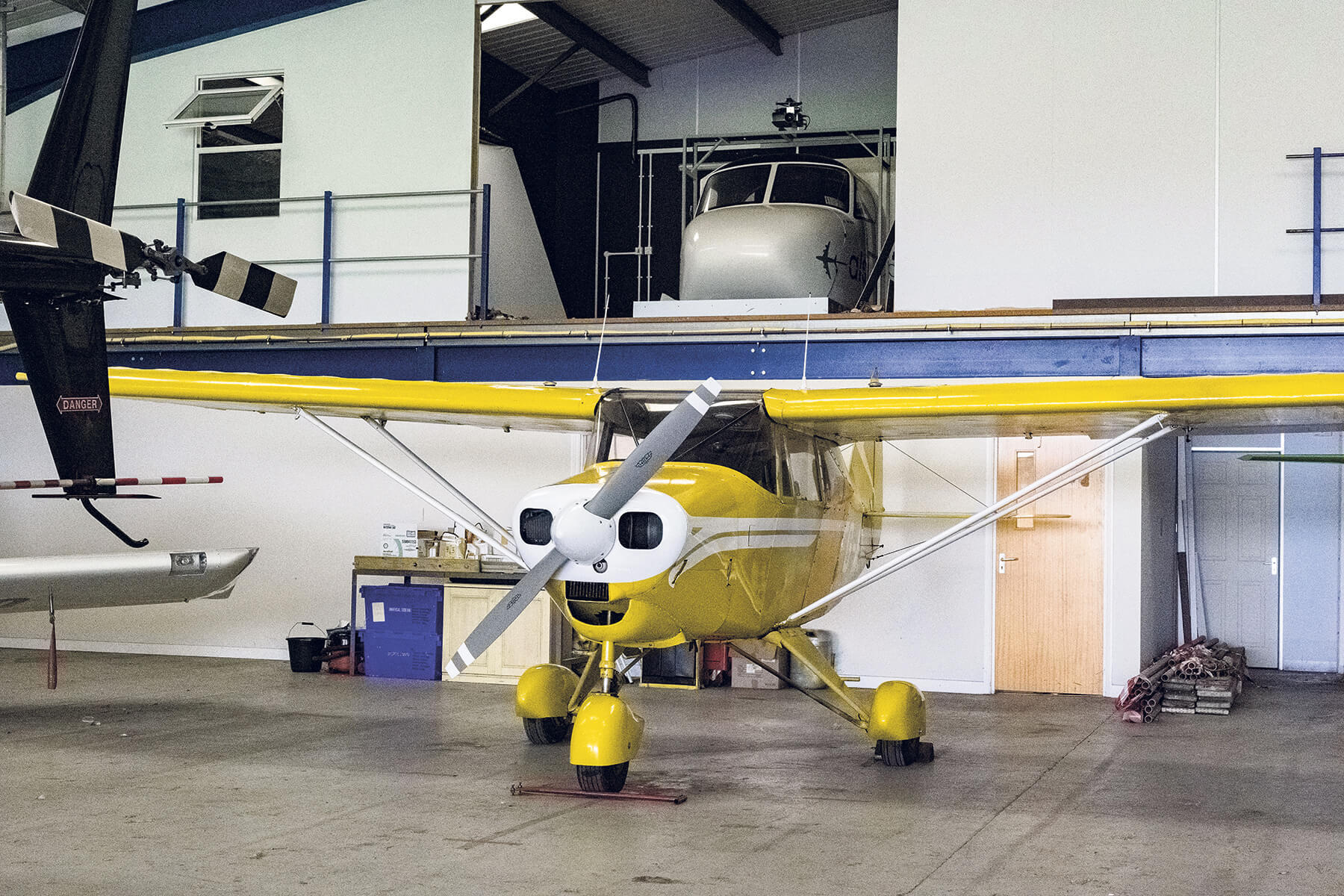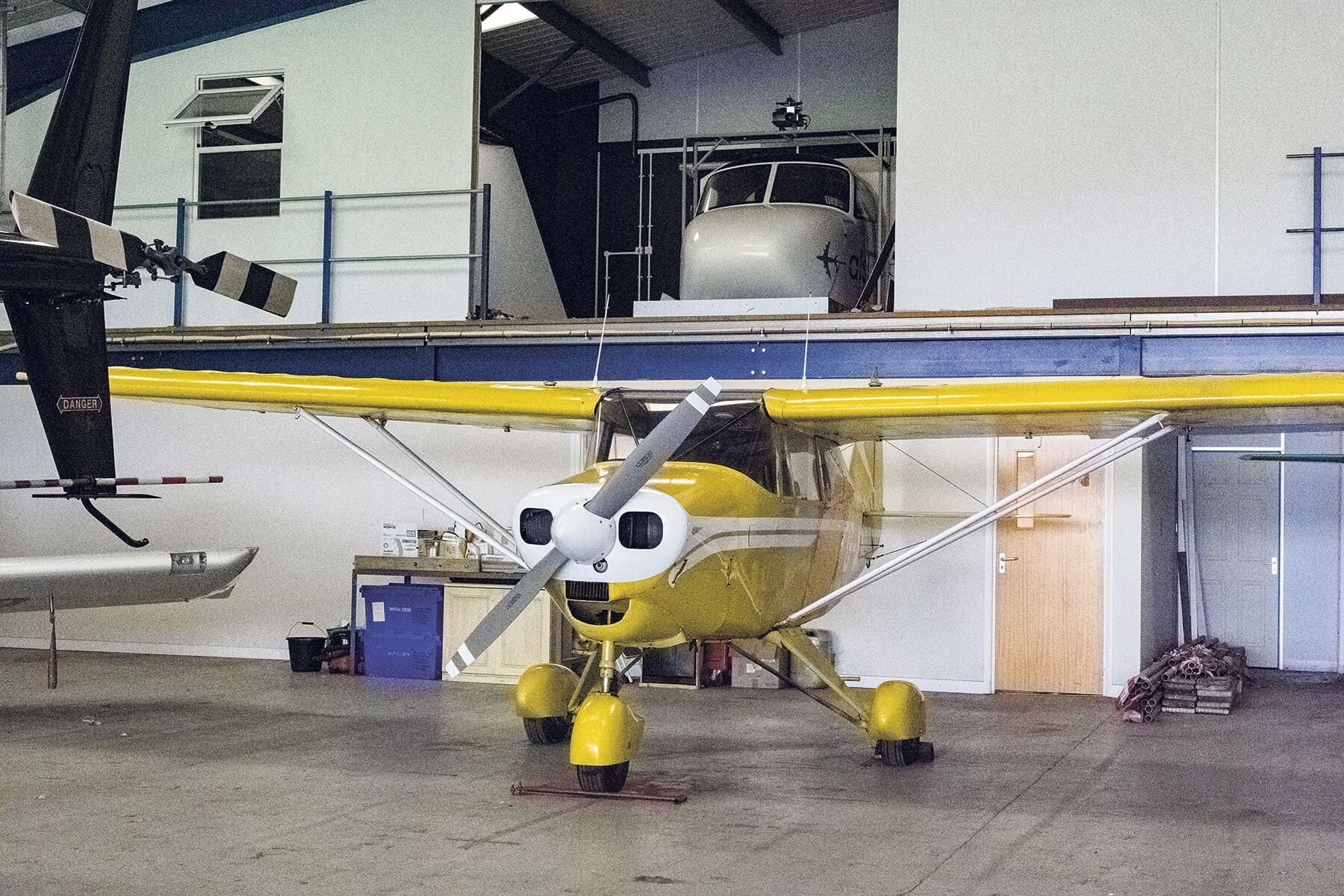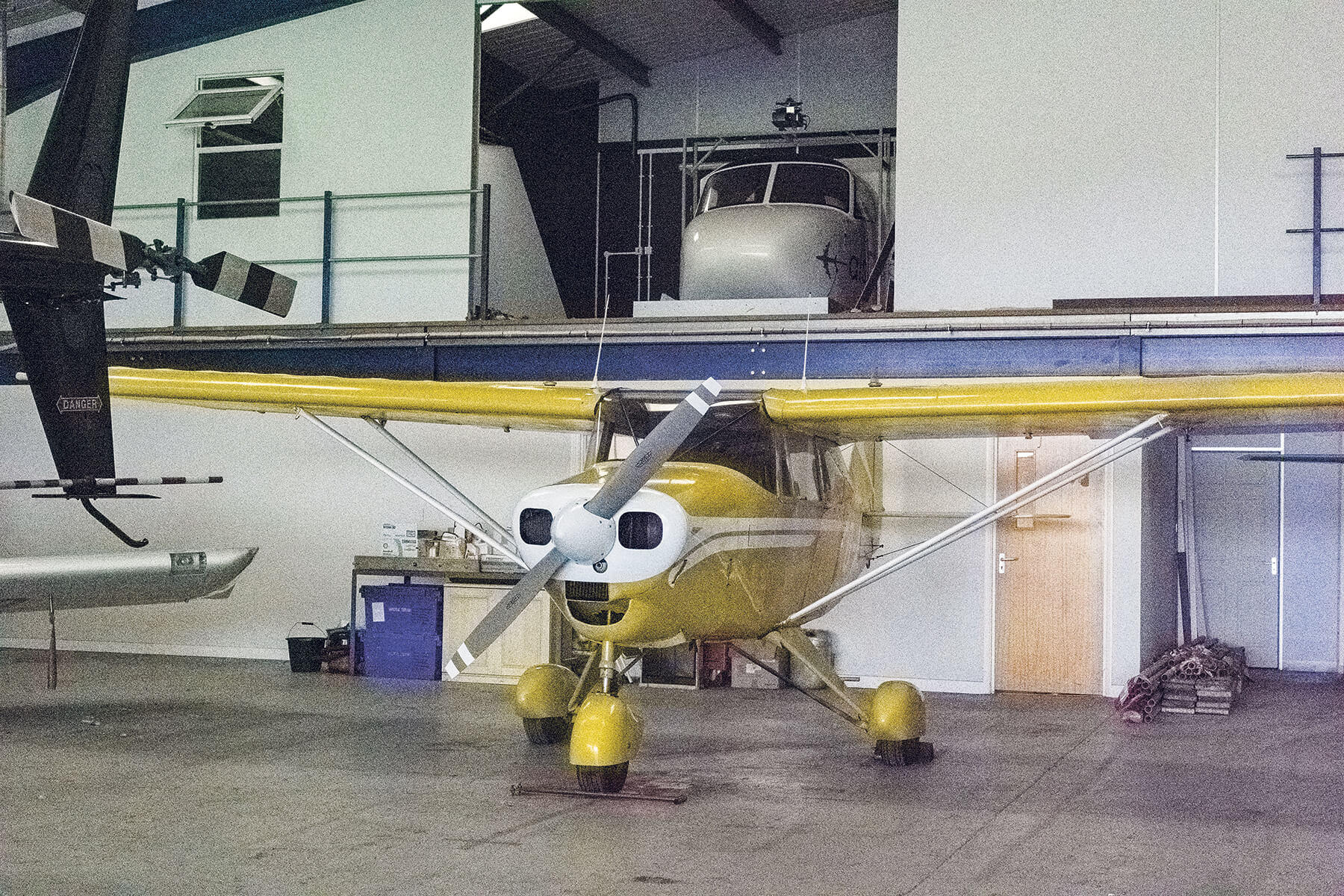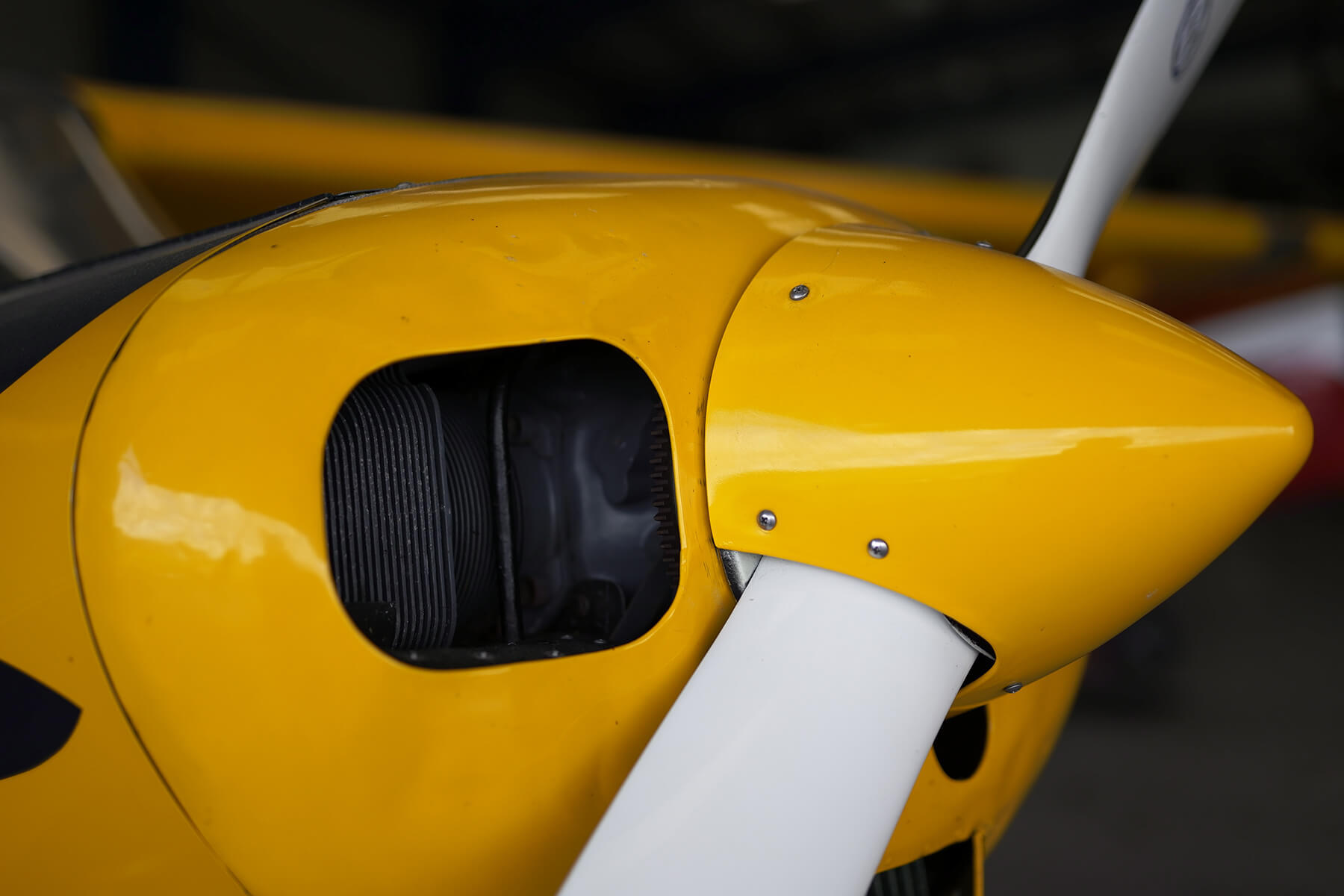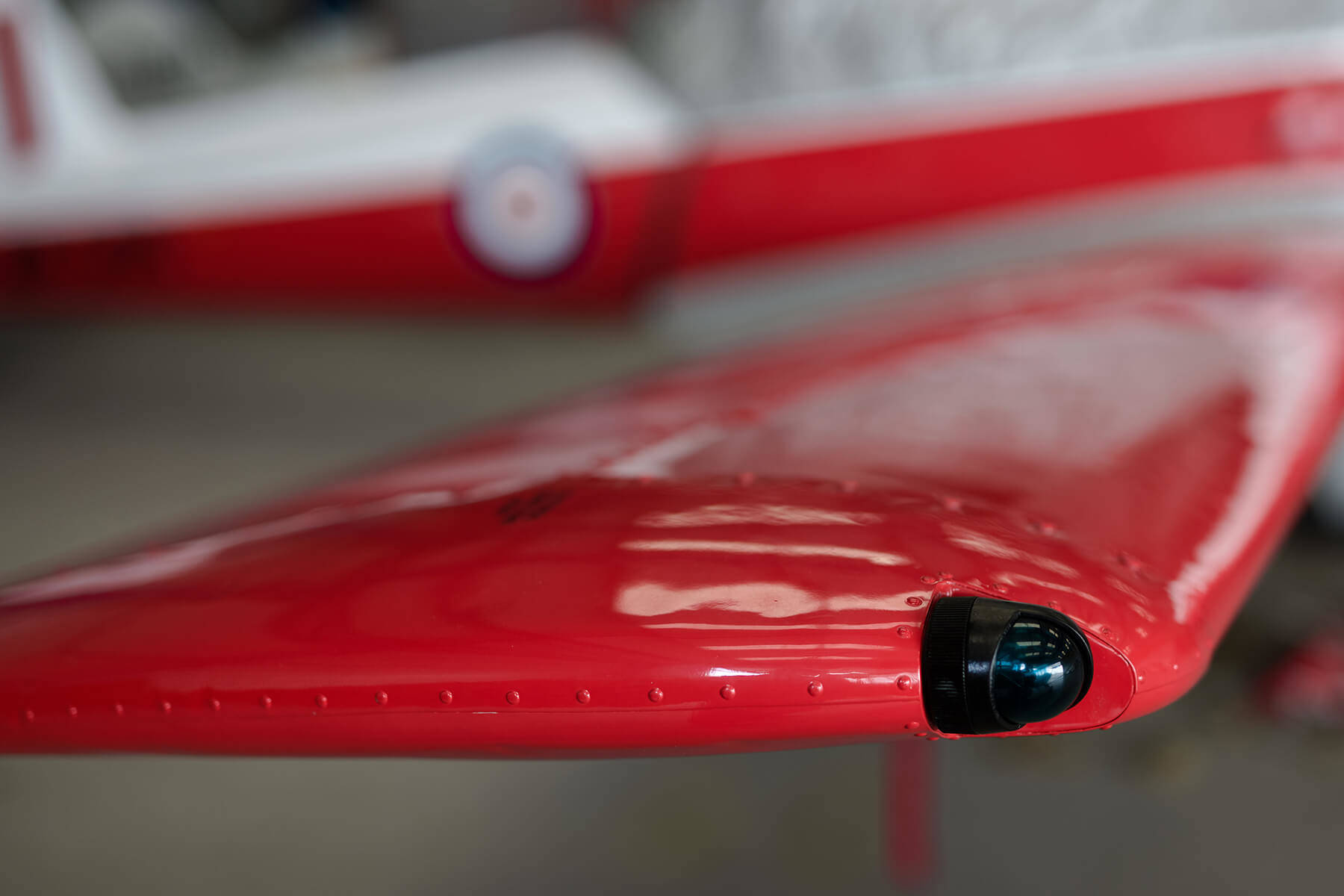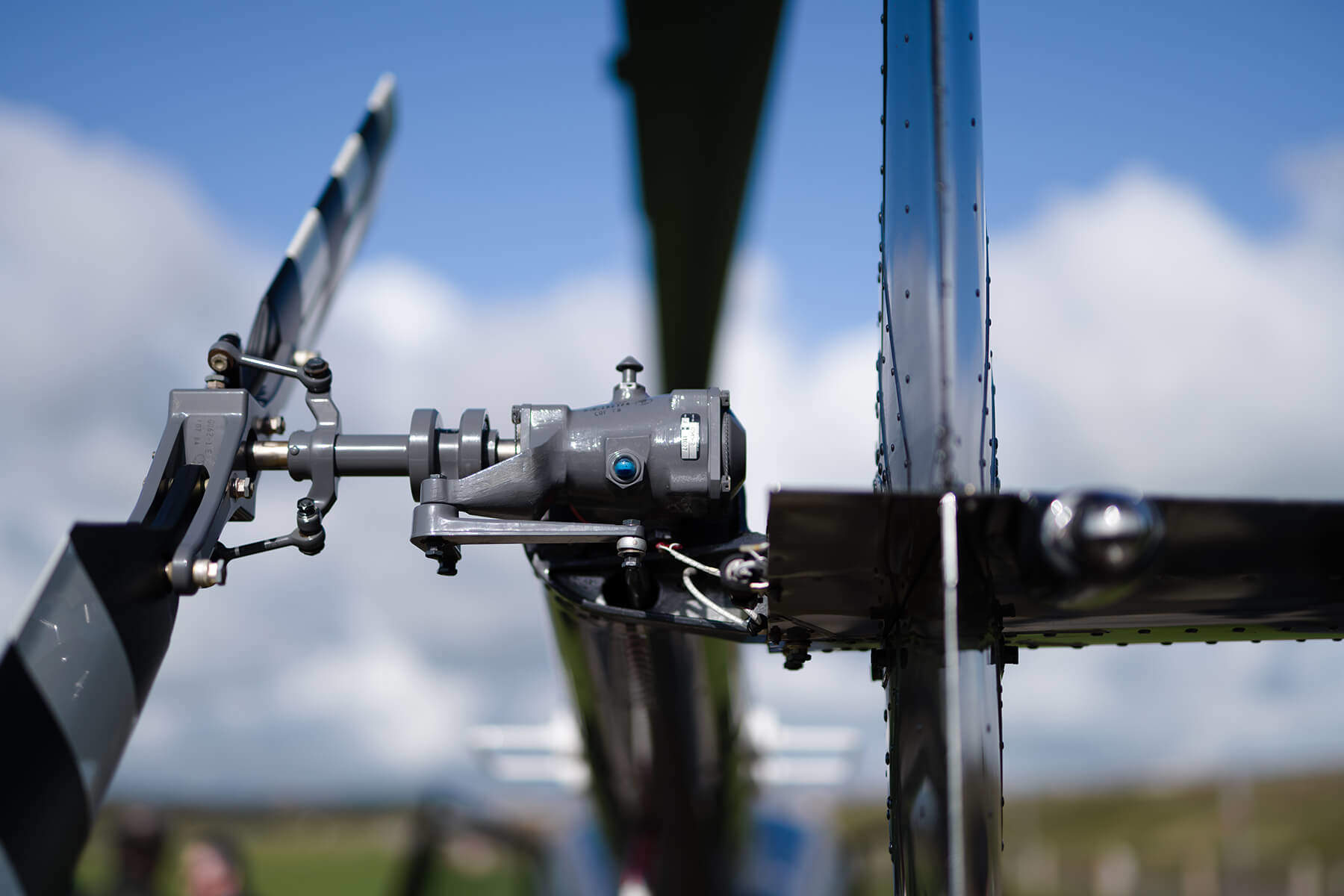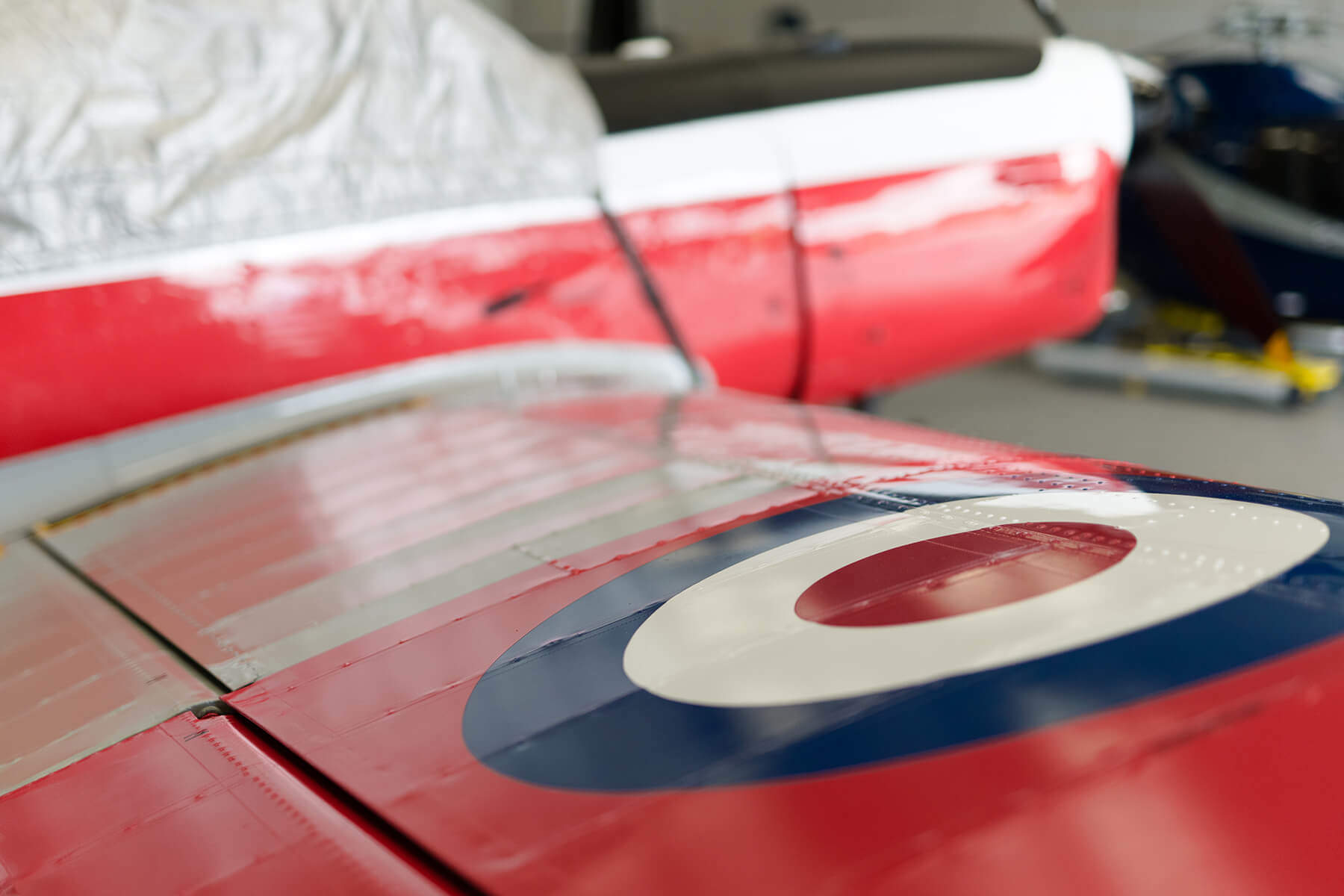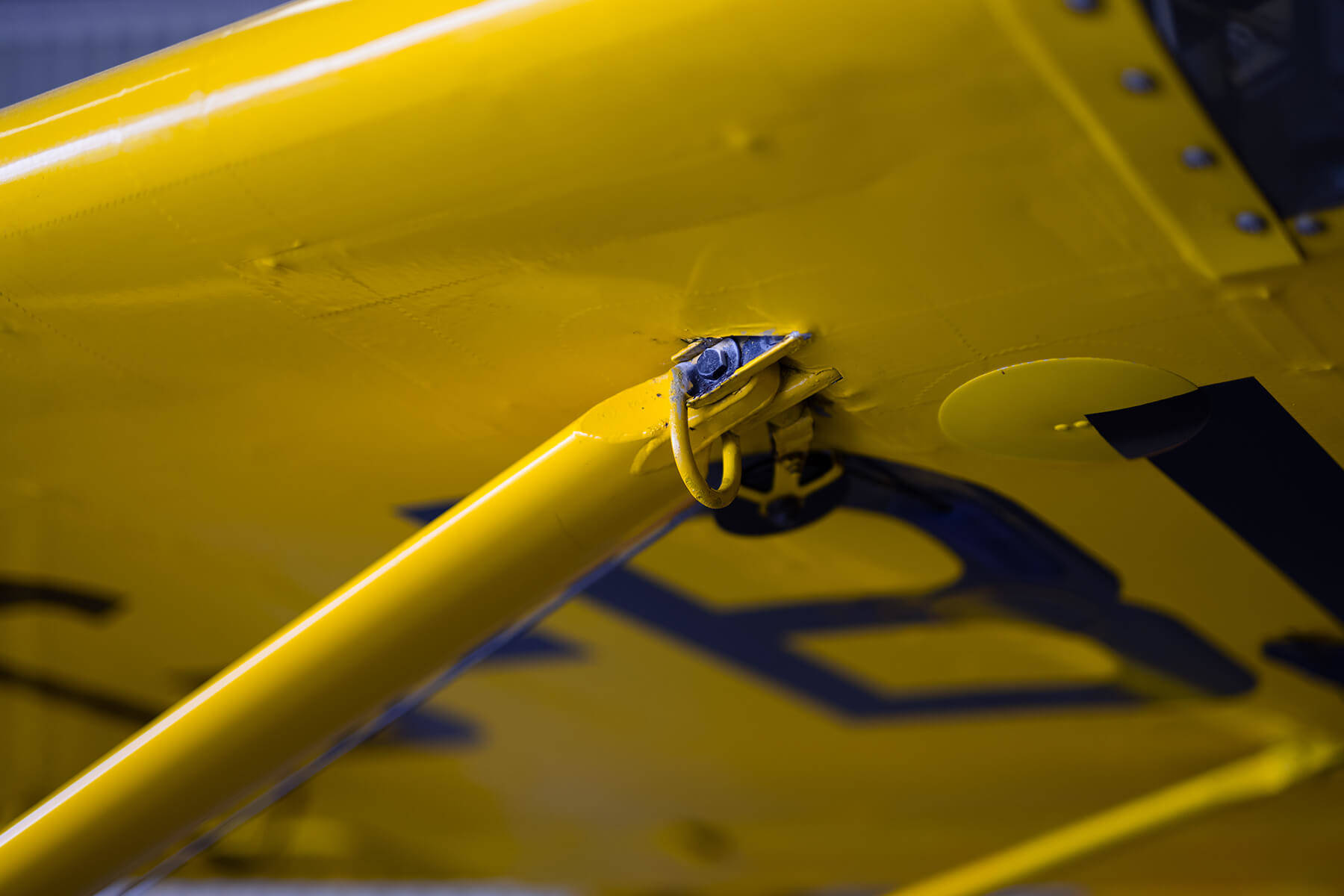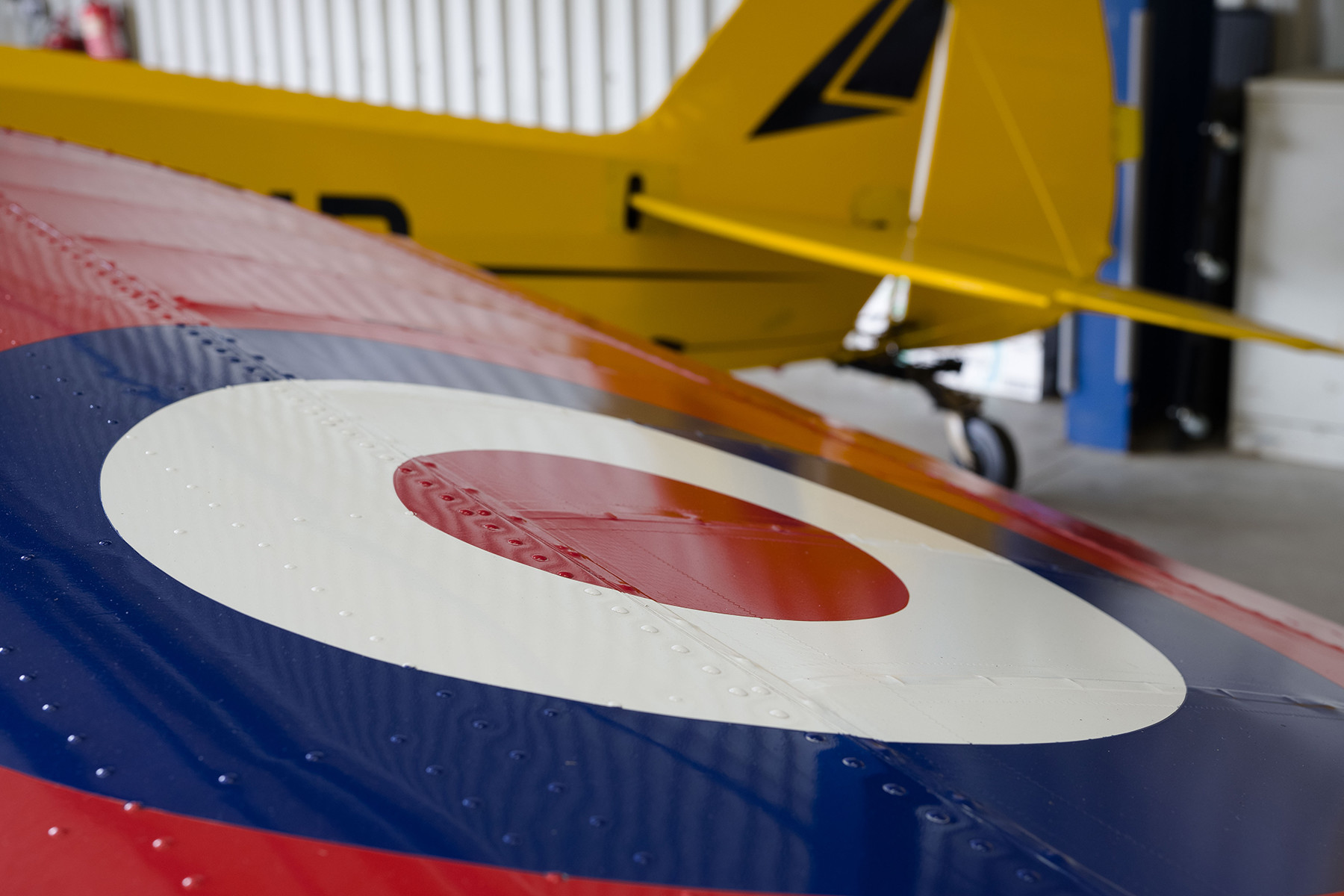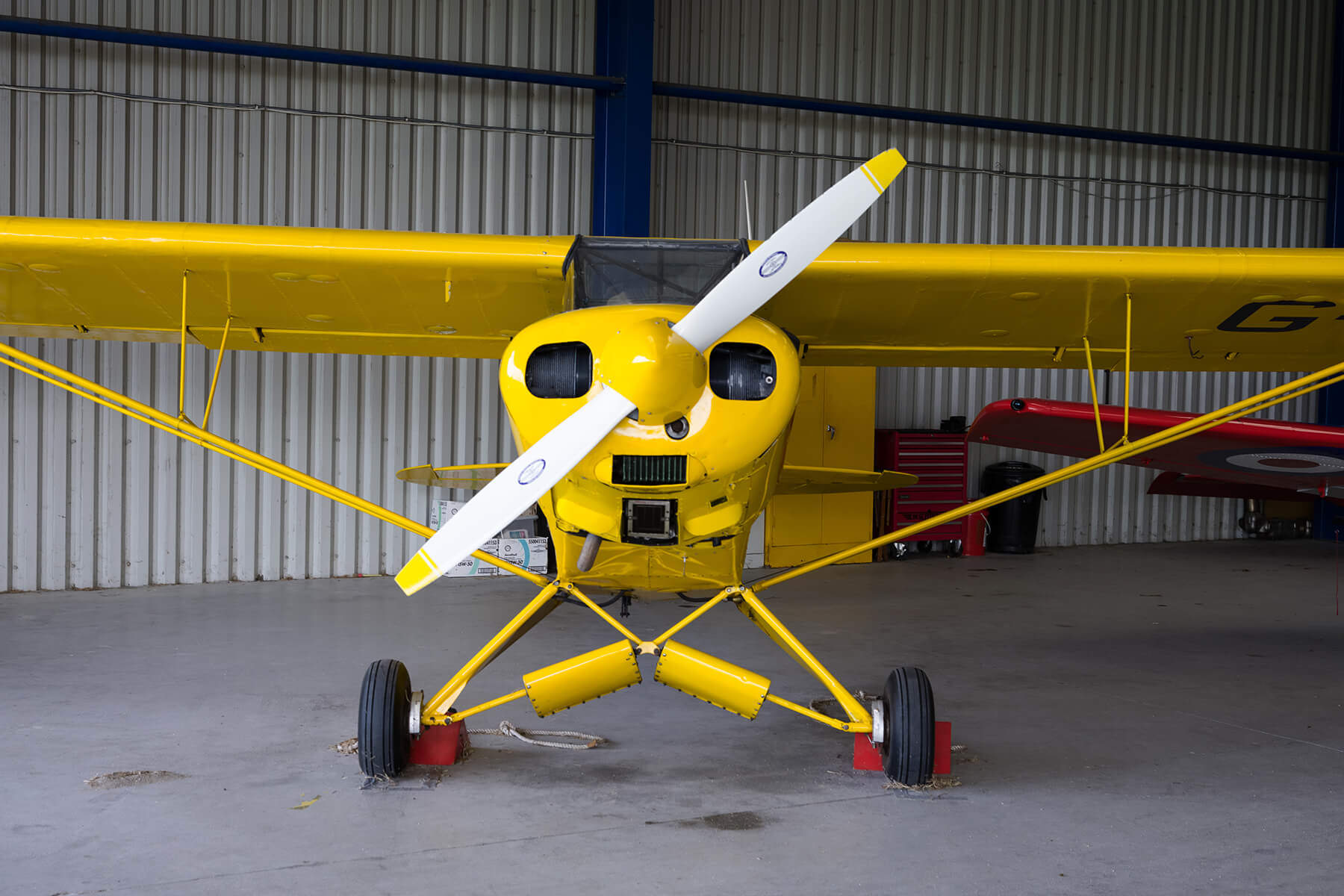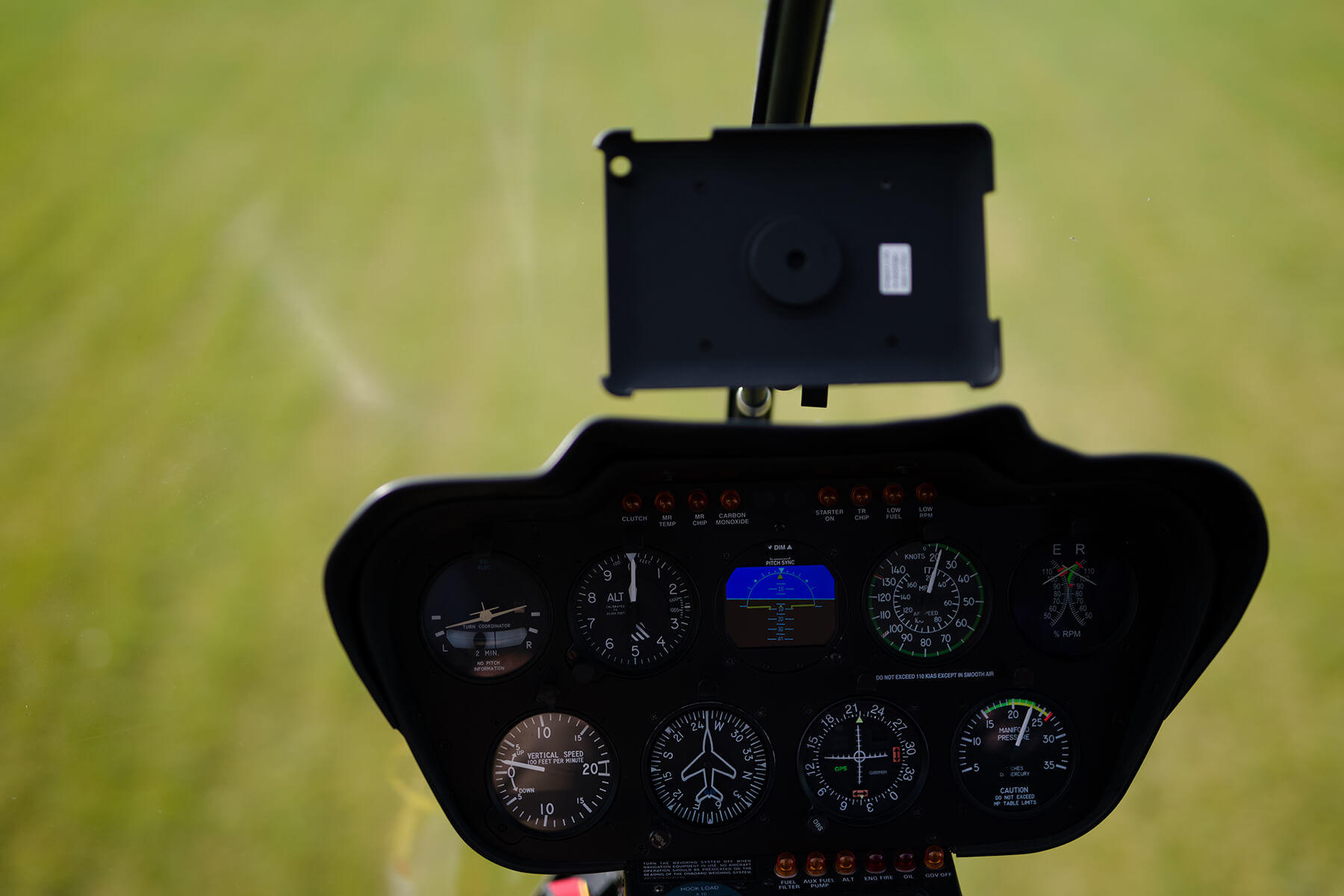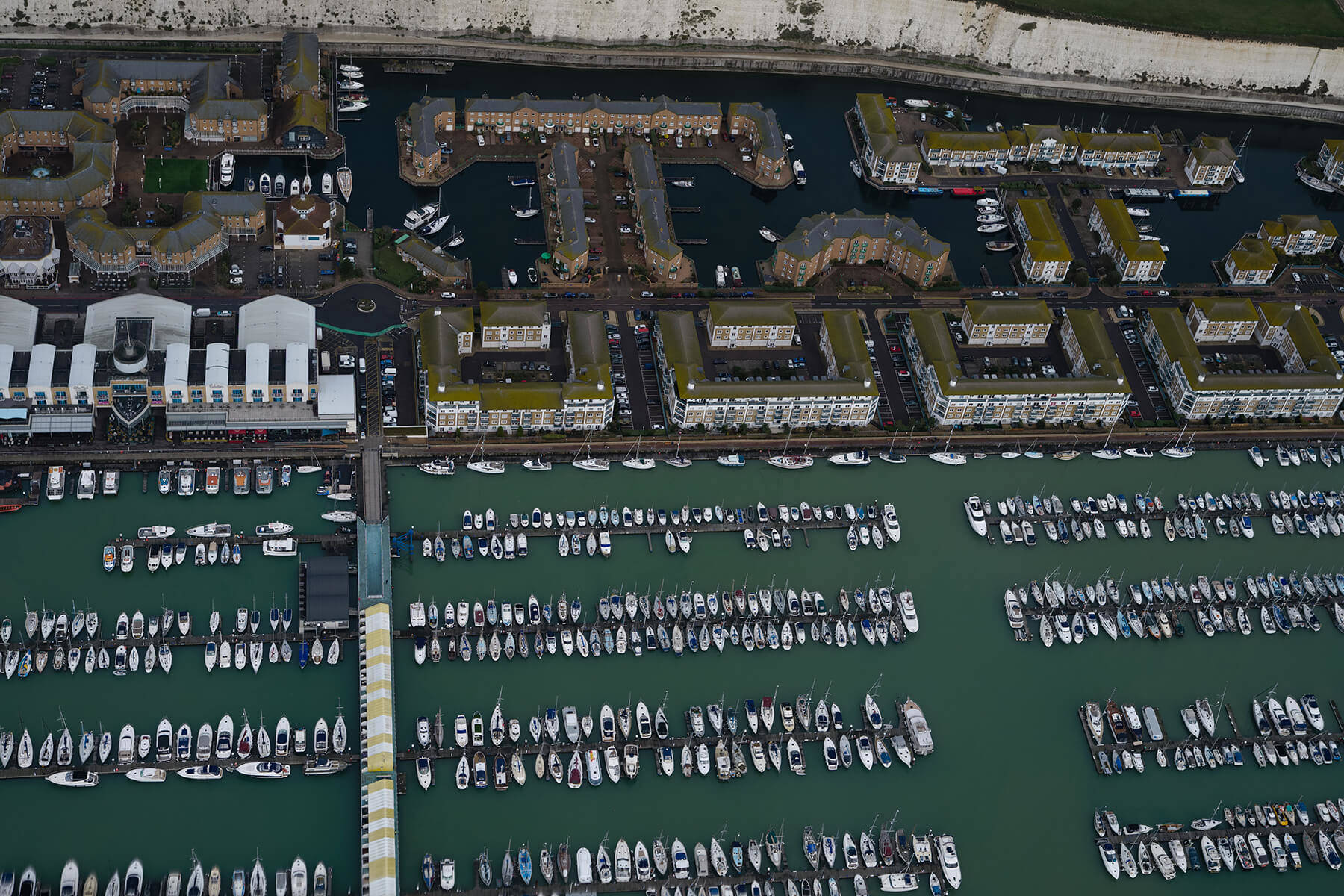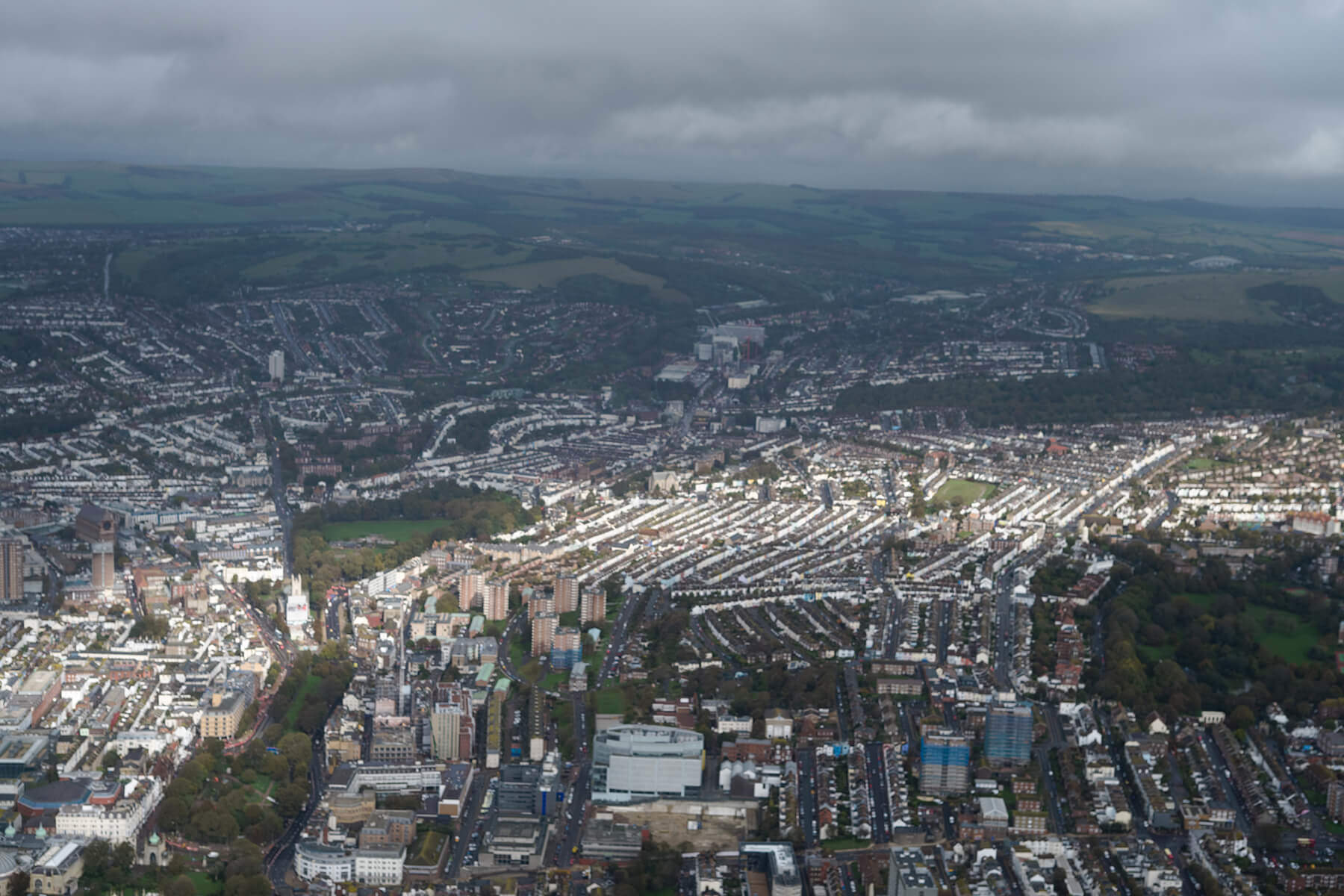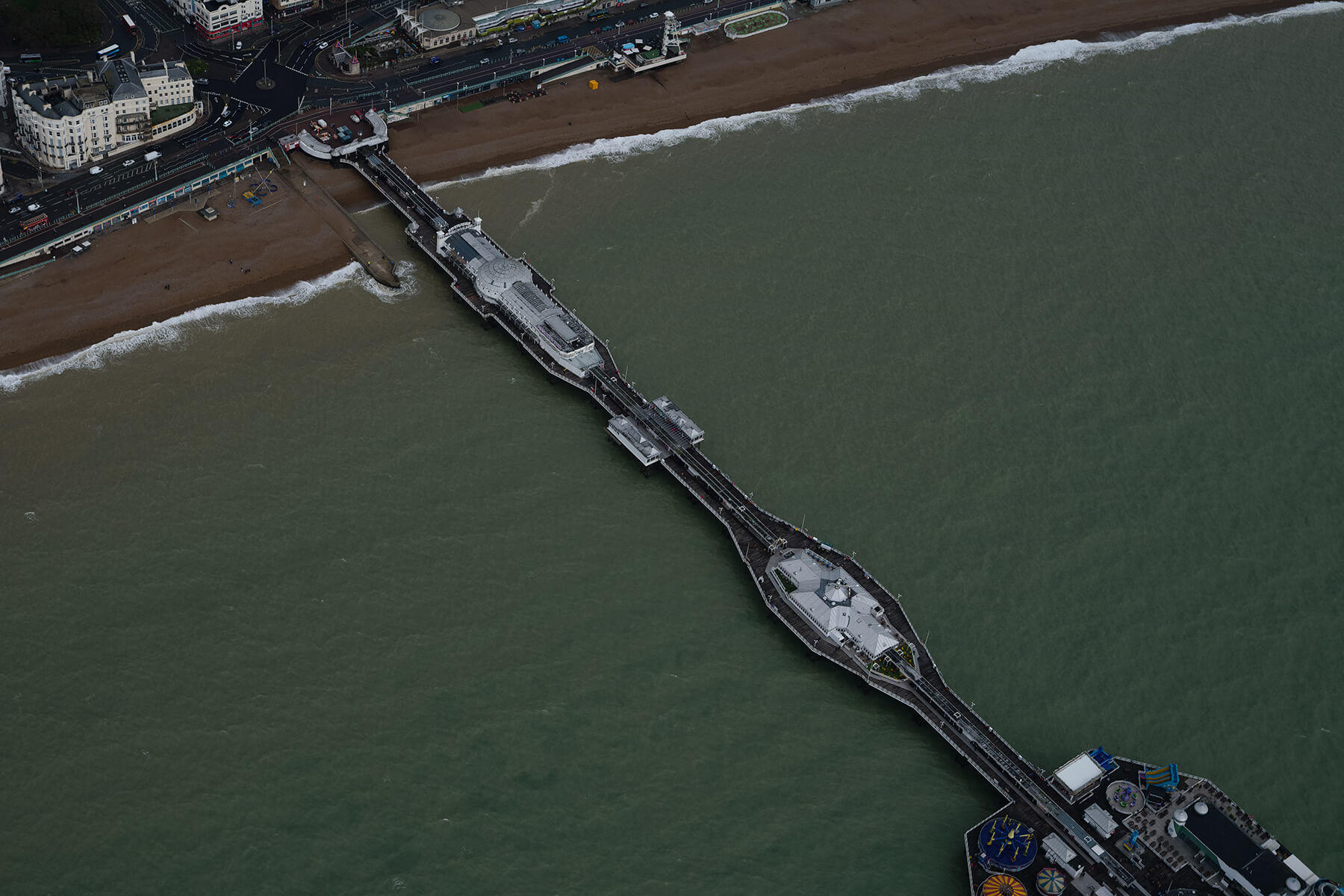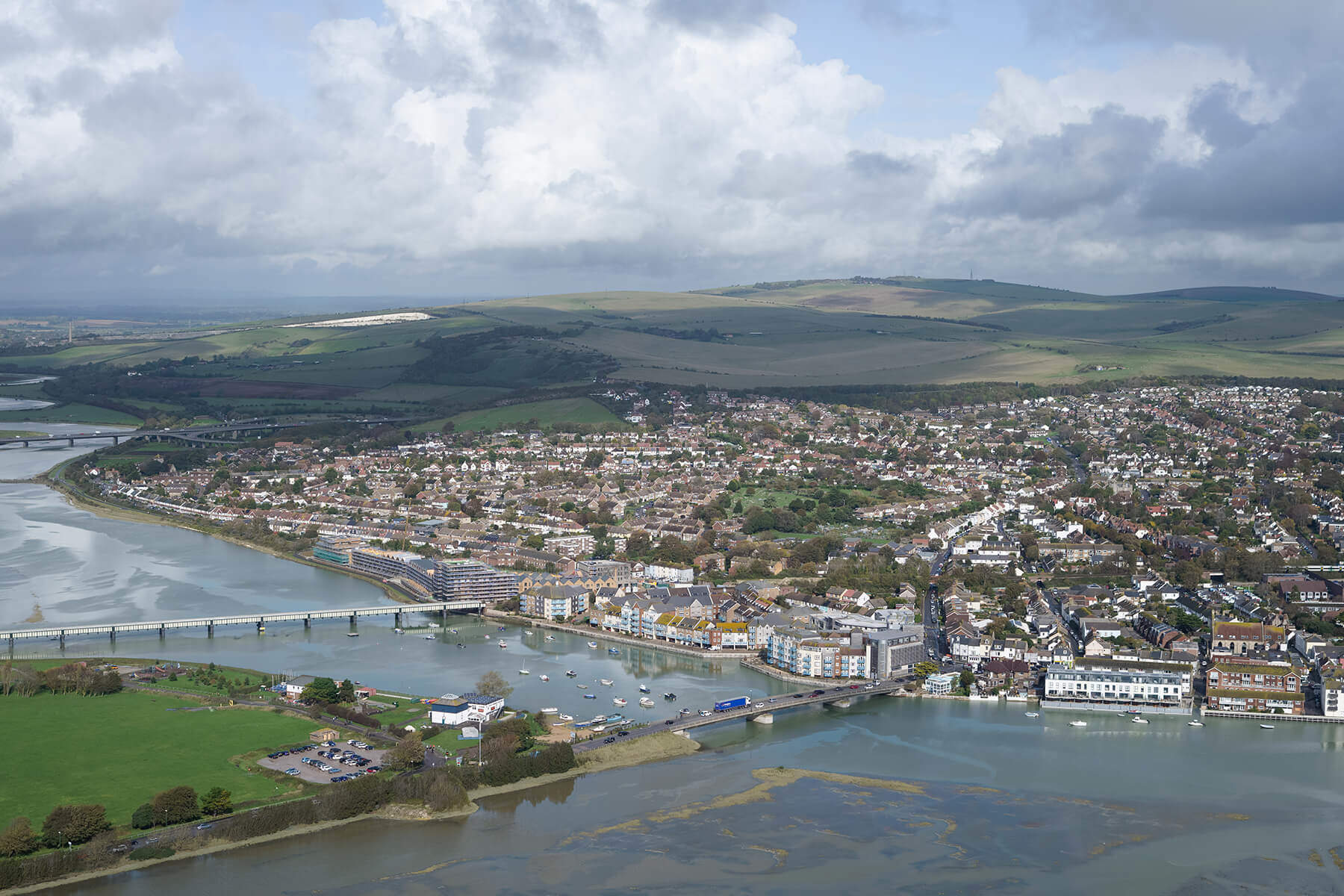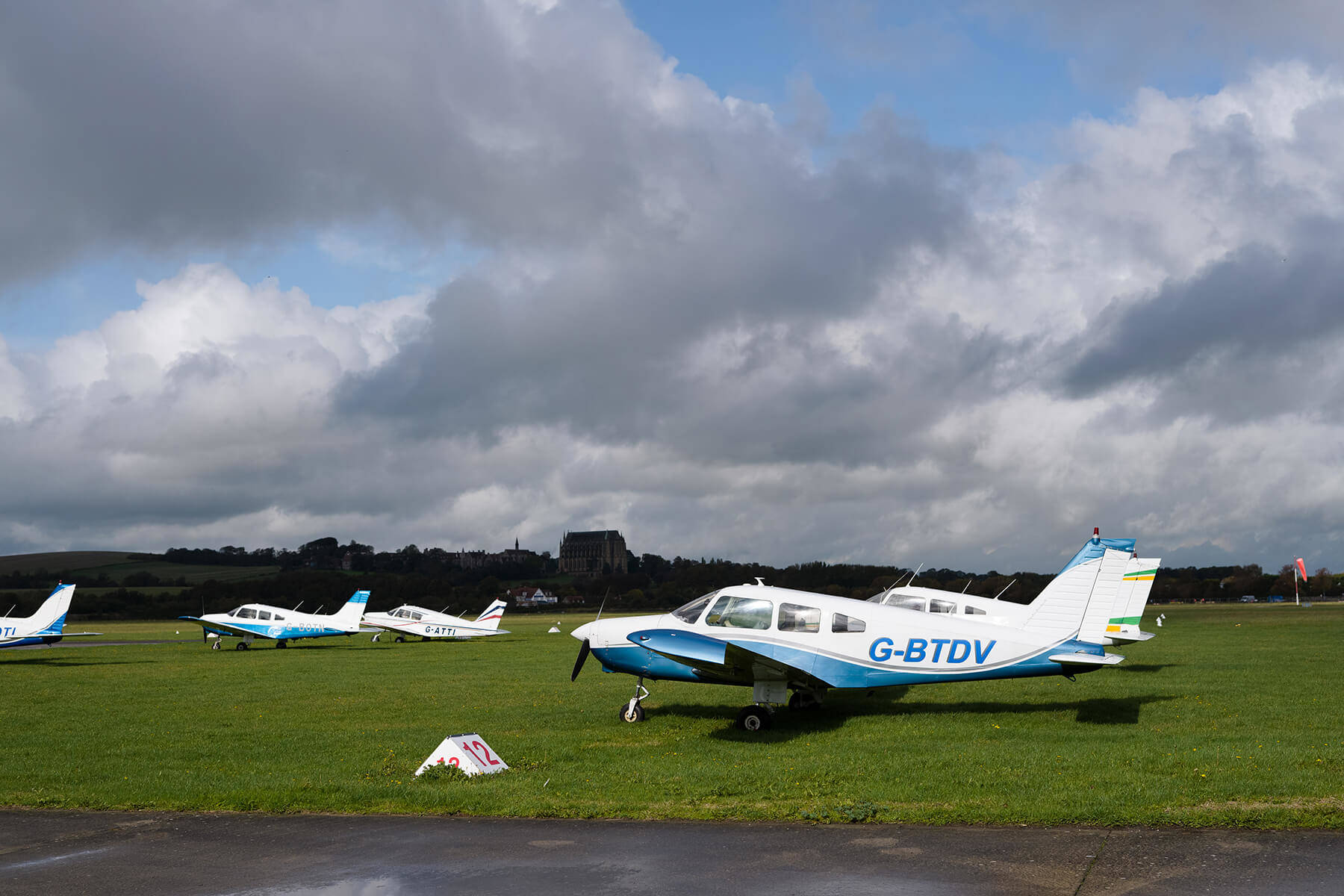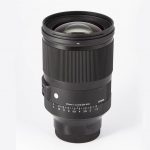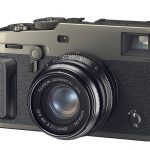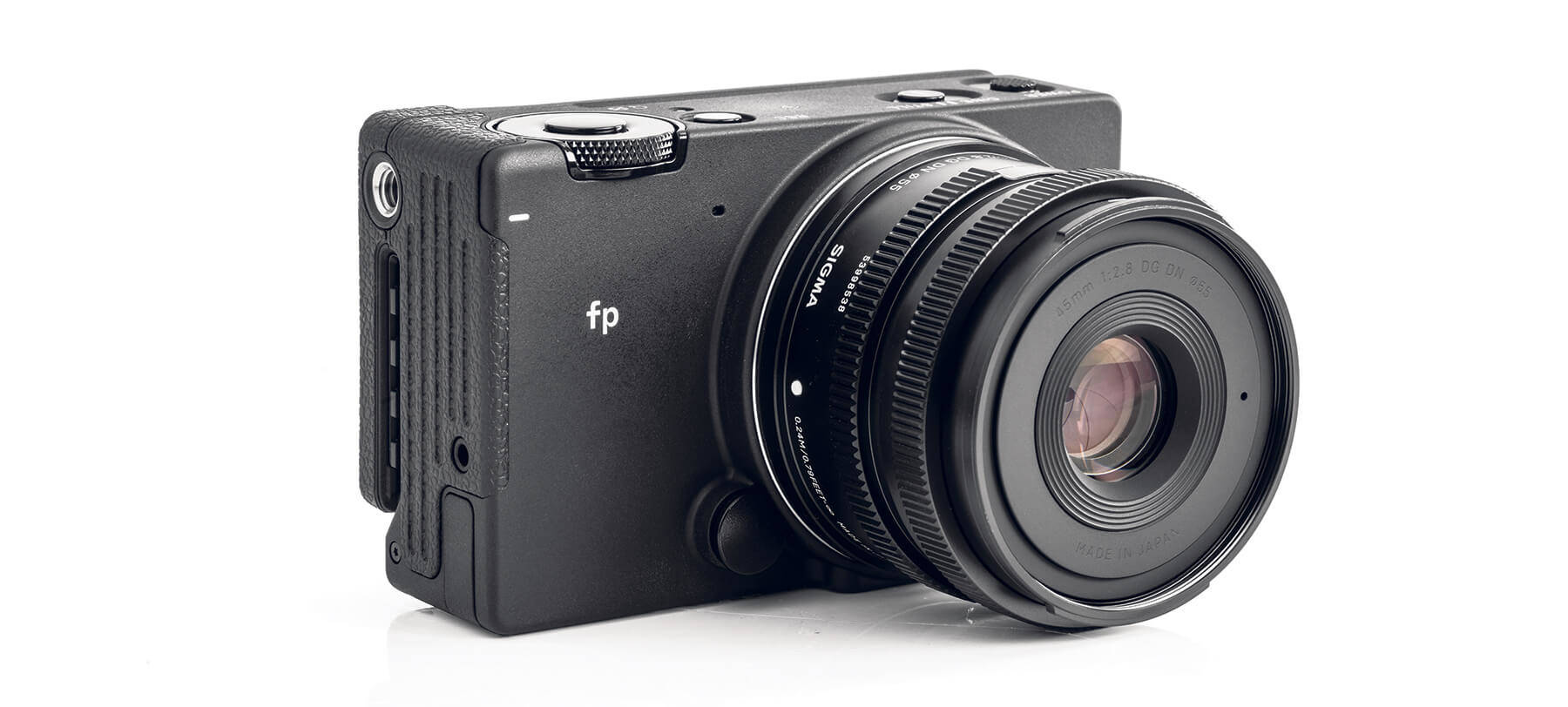
Sigma fp test: a true hybrid
Posted on Nov 29, 2019
Best known for its lenses, Sigma’s latest foray into the camera world is a unique design built around the L-Mount, and it offers innovations aplenty. We took the new Sigma fp for a test drive.
Sigma has a justified reputation for innovation, and the latest in that trend is the Sigma fp, a camera that’s claimed to be the world’s smallest and lightest full-frame mirrorless model.
We certainly can’t think of any full-frame production camera that betters it in those terms. However, cutting the size and weight comes in the form of a radical modular design, wherein the fp body lacks several things that other bodies would include, such as an electronic viewfinder, a handgrip and even a hotshoe. It’ll cost you £1999 body only, or £2399 with the Sigma 45mm f/2.8 DG DN Contemporary lens, and we tested it with the latter.
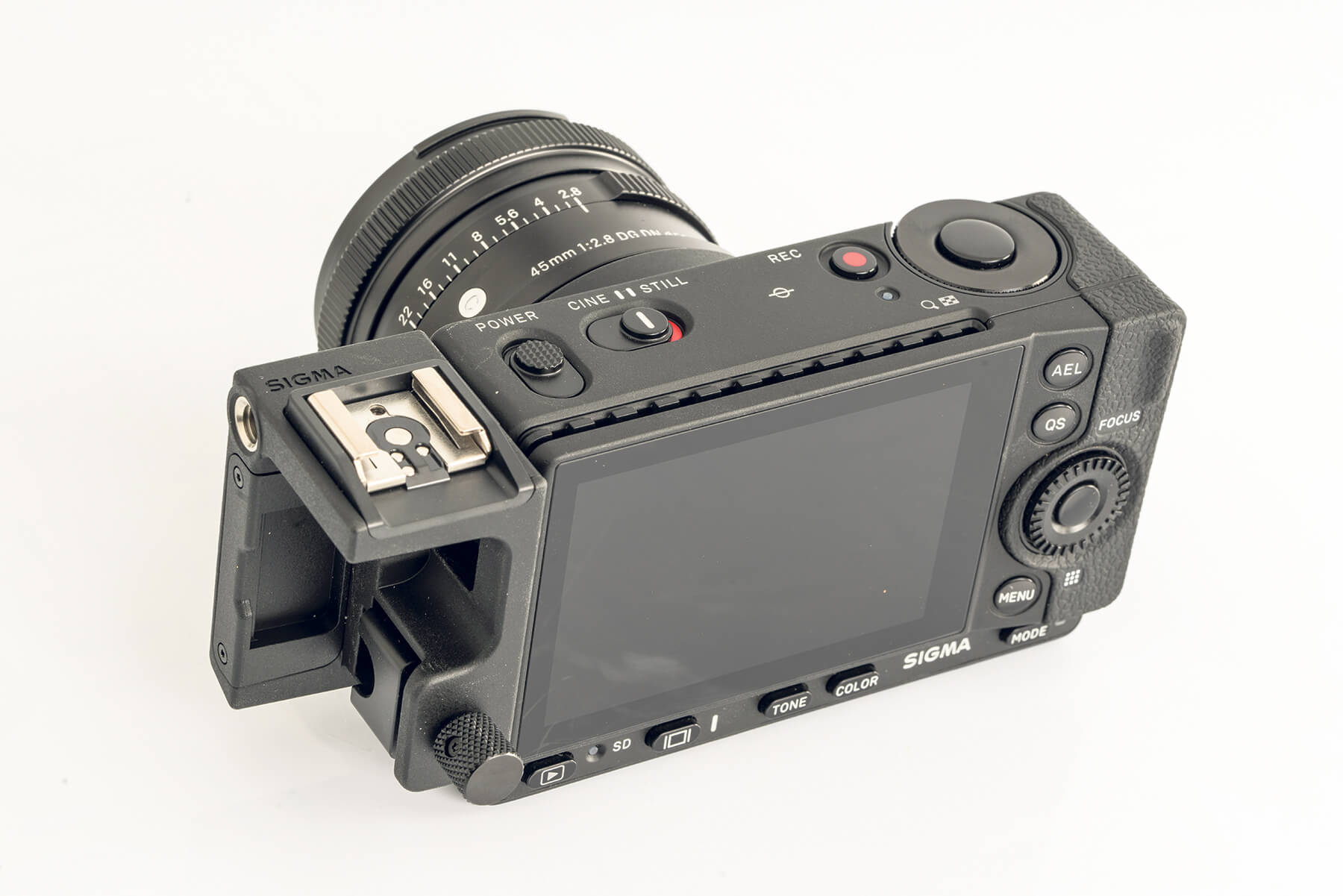
Image The Sigma fp’s modular design means the basic body is very small and light for a full-frame camera, and you then add accessories to suit your shooting, like this hotshoe mount
At the Sigma fp’s heart is a full-frame 24.6-megapixel back-side illuminated CMOS sensor, kicking out 6000×4000 pixel images and 4K video up to 30p. It’s built around the company’s L-Mount, which it shares with Leica and Panasonic. Unlike previous Sigma bodies, the sensor uses a regular Bayer filter array, not the company’s own Foveon technology.
The sensor provides an ISO range of 100-25,600, but this can be expanded to 6-102,400. Those upper settings aren’t unusual – or all that usable in terms of quality – but the low end is really interesting for wide-aperture or long-exposure work. Yes it’s not a typo. The expanded ISO really does reach 6, which is a full four stops below 100.
Performance: video
As a true hybrid camera, the Sigma fp’s video functions are very impressive. There’s 4K UHD video at 24p and this can be saved in 12-bit format to an external drive. If you drop to 8-bit, you get 24, 25 or 30p. In that mode, Raw video footage can be written directly to the fp’s SD card, which is unique at this time. The Cinema Raw DNG footage can’t yet be played back in-camera though, and that option is expected to come via a firmware update in due course.
The fp has lots of handy features specifically aimed at filmmaking, such as waveforms and easy access to picture profiles, and if you’re an L-Mount user who’s invested in the Panasonic or Leica systems, having a super-compact camera that takes your lenses, can be squeezed into small places and records Raw for the ultimate quality make it a no-brainer, especially with its clean Raw files and low-noise performance.
There’s no headphone port on the camera, but if you plug in an external monitor, you can listen to your recordings from there.
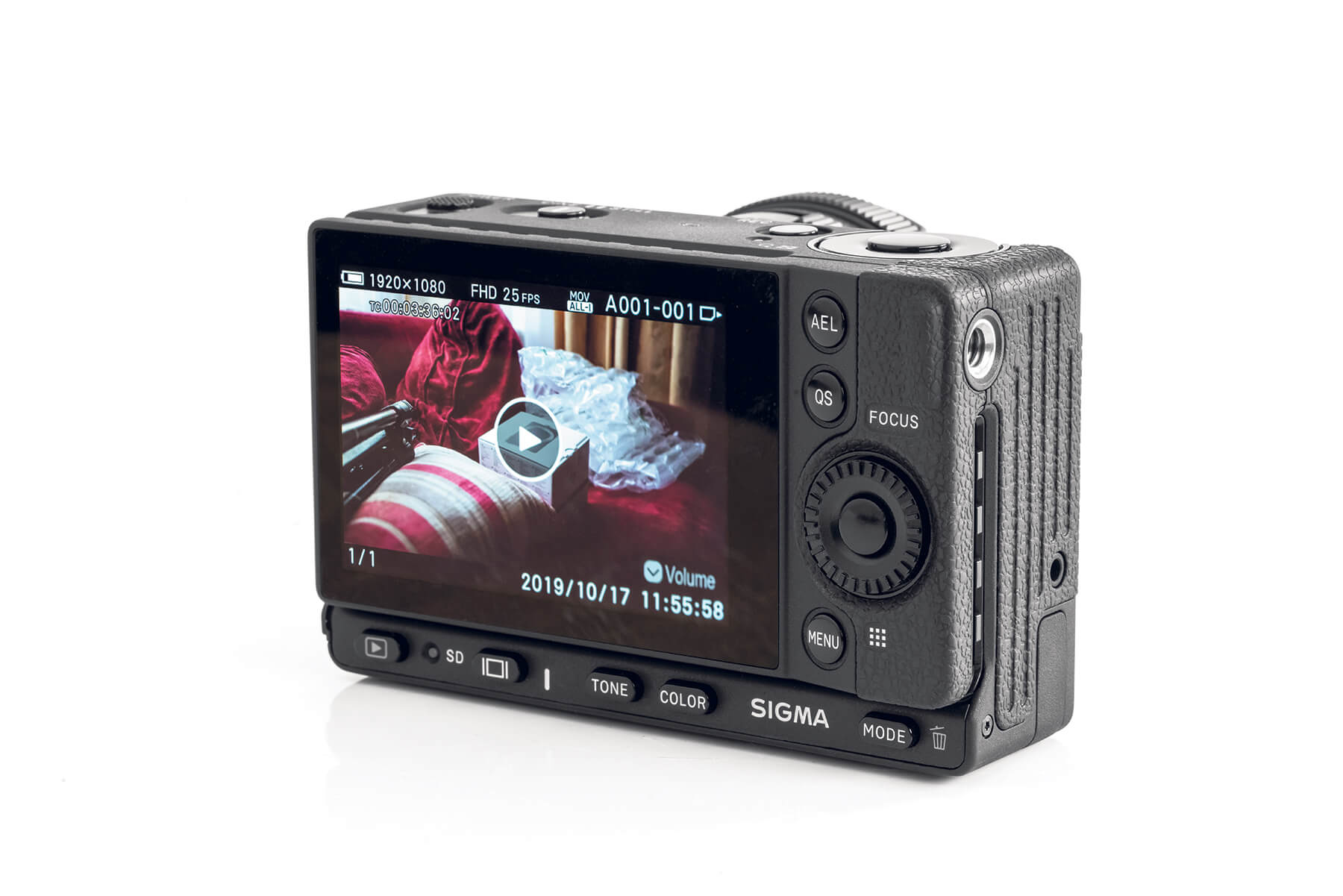
Image Designed as much, if not more, for filmmaking than stills, the Sigma fp offers a unique feature in full-frame cameras. It can record Raw video internally to the SD card, rather than using an external drive
My first impression of the fp was that it felt more like a piece of technology than a traditional camera. This is mainly to do with the modular design, but also because it’s a camera that’s been made to satisfy filmmakers as much, or even more so than, those shooting stills. In that way, the lens-less body looks more like a cinema camera without all the gubbins like cages and screens attached, and the look is reinforced by the obvious heat sink vents around the screen.
There’s a utilitarian pleasure to be taken from its boxiness, but without a grip, and with a thumb rest that’s apologetic at best, it’s ultimately not the most comfortable camera to handhold. To fix this, the fp can be fitted with the HG-11 or HG-21 handgrip, but these will set you back an additional £60 or £100. We didn’t have access to them to test, but they would almost certainly improve matters – for instance, when back-button focusing, and would be vital if using longer, heavier L-Mount lenses.
Aside from that, handling is actually very good. The button layout is like nothing I’ve used before, but it’s clearly arranged and therefore easy to grasp. On the left of the top plate there are two large switches, one for power and the other to switch between Cine and Still mode. These sit flush to the body and are stiff enough not to be accidentally knocked when the camera is in your pocket or bag. On the right side is a dedicated movie record button, the shutter button and, surrounding that, the primary control dial, which is well weighted and knurled to provide lots of grip.
On the rear, from the top down, there’s a customisable Auto Exposure Lock (AEL) button, followed by a Quick Set (QS) button that brings up a shooting menu with ISO, metering, drive, white-balance, image quality, aspect ratio (including a neat ‘A’ for A4/A3 type ratios, which is novel) and Fill Light controls (for more on the latter, see ‘Image quality’ on the next spread).
The QS menu works with the rear command dial, which I found a little light, but moving through settings was quick and easy enough. Outside of the QS menu, the dial, which has click functions like a D-pad, can shortcut to focus mode and area by pressing up or down, respectively. I couldn’t find a way of adding commands to left or right on the wheel though, which would have been useful. Under the rear dial is the main Menu button.
Performance: ISO
The fp put in a strong performance when it came to ISO performance. Images were shot in the fp’s Raw mode, and then converted without noise reduction. Viewed with a 100% view, noise only became apparent at ISO 1600, and from there up to 6400 was not particularly disturbing to detail. Colour was retained, too. Even at 12,800, images were very usable, and only at the maximum 25,600 did we see the first signs of break up with pronounced, but not unpleasant, grain. As you’d expect, at the extended 51,200 and 102,400, it gets a lot rougher, but 51,200 is usable at a push. At the low end of the extended range, settings like 50, 25, 12 and 6 gave excellent colour.
Click the images to see a larger view
The fp’s unusual design continues with a several buttons below its 3.15-inch touchscreen. There are inputs for playback, display and Mode, which offers PASM and three programmable custom settings, but also Tone and Color inputs. Tone allows a preset level of contrast to be applied to shots, with settings for Mild, Strong and a manual tone curve where highlights and shadows can be pushed or pulled by +/-5. Color gives access to 12 colour effects, all of which can be adapted to your liking, as well as adding contrast and sharpening. Of course, none of these affect the Raw files, but if you like to apply effects in-camera, they work well.
The touchscreen is bright and clear, but only has limited touch control. You can use gestures to navigate through images in playback, and select an AF point while shooting, but not much else, as far as I could see. The menus, for instance, can’t be controlled by touch, which feels like an omission, and the gesture controls are a bit sluggish and clunky compared to a phone. The screen doesn’t articulate either, so if you’re used to shooting in that way, you may feel restricted. The menus themselves are clear and nicely laid out, though, with nothing being difficult to read or locate. What’s more, menus for stills and video are kept completely separate and only appear when the particular mode is activated, so there’s no chance of ending up in the wrong settings.
Other handling features of note are way that the strap lugs come separate from the camera and need to be screwed in. These have a quarter-inch thread, so in theory you can swap out the strap and mount other gear, such as the aforementioned accessories, but also regular quick-release plates, cages, mics, arms or other gear – again, it’s a feature that’s more aligned with filmmaking than stills, but a good option to have. If you want to use flash, there’s a hotshoe adapter included with the camera body, and to fit that, you take off a rubber cover from the side of the body and screw it in, then screw the lug into the adapter to reattach the strap. On the subject of flash, the fp’s electronic shutter limits it to a maximum sync speed of 1/30sec.
On the downside, when I tried mounting various sizes of quick-release plate to the regular tripod mount, all of them blocked the battery compartment door, so had to be removed before the card or battery could be changed.
Performance: exposure latitude
The Sigma fp’s sensor has a 12.5EV dynamic range and, overall, images straight out of the camera contained a good mixture of highlight and shadow detail, even in challenging light. When it comes to exposure latitude in Raw, the camera did well. We shot over- and underexposed images then corrected the DNG files by the relevant number of stops. Underexposed shots fared well, showing little extra noise until -4EV. Overexposed shots did well, too, with blown highlights well returned at +1EV and +2EV. There was slight greying of the brightest areas at +3EV, and a flat result at +4EV, but overall performance was good.
Click the images to see a larger view
I found the fp’s battery life to be somewhat erratic. I ran the camera for around a week, shooting with a variety of exposure settings as well as working through menus, and sometimes it was asking for a recharge after between 60 and 100 shots. Another time, I shot continuously for several hours and achieved over 1400 shots. The specification states up to 300, but that’s not great by many standards. Either way, you’d definitely want to invest in a spare. The fp can be charged via its USB-C connector, and can also be run off the mains using the optional CN-21 DC connector.
On the plus side, the fp has a very solid feel to it, and the body is die-cast aluminium and it has a level of weather sealing, which is quoted as ‘dust- and splash-proof sealing on a total of 42 points over the camera’s body’. We didn’t have a weather-sealed lens to test this with, but it’s encouraging use in wet and dusty environments.
The fp uses a contrast-detect AF system, with 49 selectable points, as well as the option to use tracking, face and eye detection modes. As mentioned previously, the dedicated buttons on the rear make it quick to switch between modes, and AF points can be set using the touchscreen.
AF performance was OK, but it lacked the assurance of mirrorless cameras that use an on-chip phase-detect system. Like most contrast-detect systems, it wanders a bit when focusing, but the Eye and Face AF modes worked really well, I found, even when shooting in continuous AF with the subject moving towards or away from the camera. That said, we only had the f/2.8 lens to test it on, rather than a more challenging faster optic. You can’t pick the closest eye, but I found it defaulted to that anyway. Manual focus was good, too, and the large clear screen makes focusing easy, along with the usual assistance modes like focus peaking and image magnification.
Performance: image quality
When it comes to image quality, the Sigma fp does very well indeed. The full-frame 24.6-megapixel chip produces lots of detail, and the lack of an optical low-pass filter increases sharpness. This is theoretically at the expense of moiré patterns and the sensor is comparatively low-res compared to those normally dispensing with an OLPF, but we didn’t detect any real problems.
Raws are shot in DNG mode, which is very handy, as the common format doesn’t require the latest updates to be opened
in software.
One of the only downsides in image quality I found was the fp’s Fill Light mode. This, accessed from the Quick menu, can be set to +/-5, but anything over +1 gave quite garish results. The built-in three-frame HDR mode is much better and well worth using on high-contrast subjects.
Of particular interest was the fp’s expanded ISO range, which goes as low as 6 and is therefore very useful for shooting longer exposure or using wider apertures in bright light. Expanded ISO ranges can mean a loss of quality, and exposure latitude in processing, though, and while the ISO 6 images looked just as good as those at 100 straight out of the can, when altering exposure on the comparative DNG files, a loss of exposure latitude was progressively seen. Used with care though, the low-extended ISO is a great option to have.
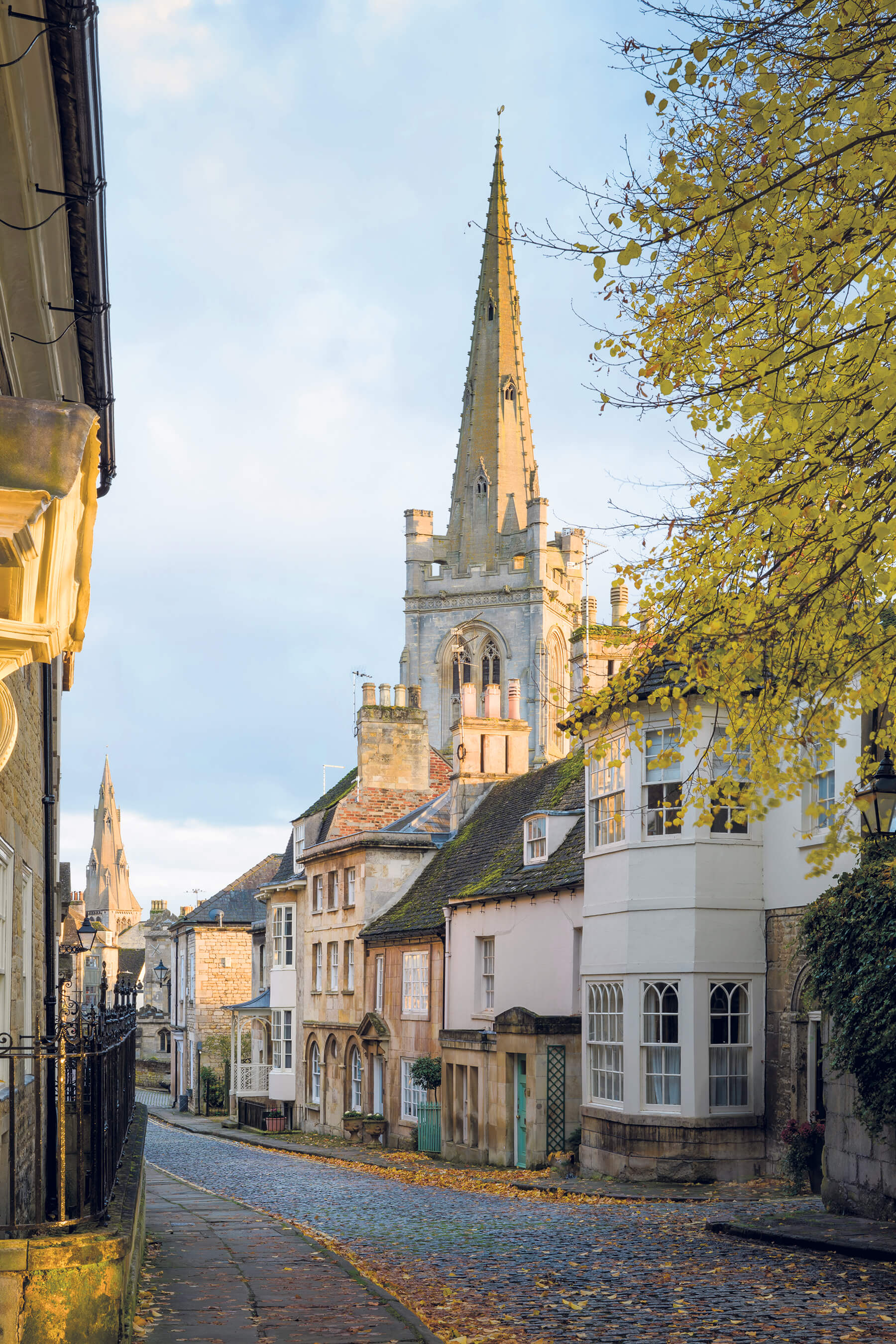
High shooting speed maxes out at 18fps, which is a very good number, but the fp is only capable of 12 frames at that speed, so you need to use them wisely. And dropping to the medium speed of 5fps, it’s the same story, and the buffer takes seven or eight seconds to clear. Low speed, 3fps will shoot 24 frames before the buffer fills. All in all, this performance doesn’t make it much of an action camera, if that’s what you’re looking for.
The fp is compatible with L-Mount lenses that use optical image stabilisation, and it has an in-body electronic system. When you switch this on, the shutter speed is limited to a slowest setting of 1/4sec, and I shot at that speed with the mode turned on and off. There was a clear improvement with the electronic stabiliser on, with almost all shots sharp, compared with very few without it. Electronic IS is more common in video cameras than stills, and often uses a cropped view of the sensor to counteract vibration. That’s maybe what’s at work here, but images retained the 6000×4000 pixel dimensions, and looked very high quality, even if they were being interpolated after processing.
More from the fp
Click the images to see a larger view
Verdict
Despite some handling and performance issues, Sigma’s unique design has plenty going for it. It wouldn’t be far off the mark to call it charming, in a peculiar sort of way. It’s small and light, and proved a streamlined package with the included 45mm f/2.8 lens we tested. Though the 422g weight will inevitably rise if you want to use a handgrip, it won’t be by much. The modular design means it lacks an EVF, but after a week with the camera, this didn’t trouble me. Nor did the lack of tilt to the LCD, though I don’t use that feature much on cameras. The fp’s image quality is excellent, with highly detailed, low-noise images easy to attain. With lots of support coming down the road from the L-Mount, lens options will be numerous. The lack of on-chip phase-detect AF and buffer limit mean it’s not a sports or action beast, but a pleasure to use for landscapes, and portraits with the face and eye AF modes. Its video options are unique in this class, so if you are planning on becoming a hybrid shooter, it’s worth a look.
Pros: Image quality, size and weight, video spec
Cons: No EVF, hotshoe or grip, boxy handling and inconsistent battery
|
Features |
21/25 | Lots of good stuff, but several ommissions, too. |
| Handling | 20/25 | Very boxy, but not unpleasantly so. Optional grip will improve it. |
| Performance | 20/25 | Inconsistent battery life, and small buffer. |
| Value for money | 22/25 | £1999 feels OK, but there are cheaper full-frame mirrorless bodies out there. |
| Overall | 83/100 | A very interesting camera, particularly for hybrid stills and video shooters. |
For more information, please visit the Sigma website.
As featured in issue 72 of Photography News.

